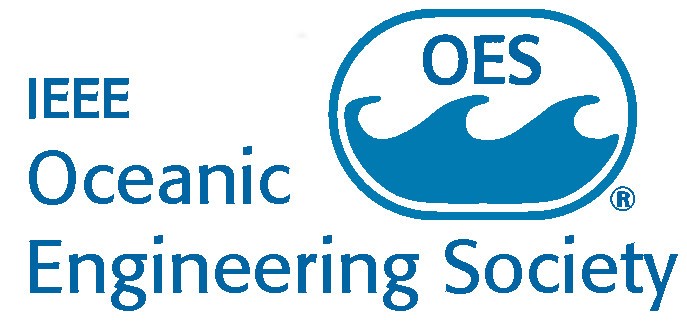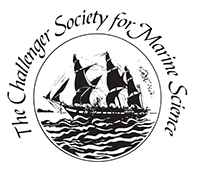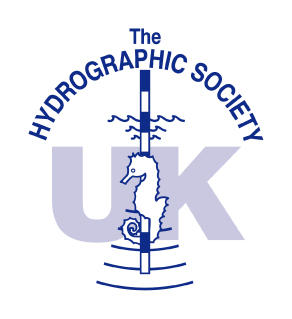Title: T3 Introduction to Current Energy Converter Modelling with SNL-Delft3D-CEC
Presenters: Jesse Roberts, Dr S James, Dr C Jones
Jesse Roberts leads Sandia National Laboratories’ Marine and Hydrokinetic Market (MHK) Acceleration and Deployment efforts within the Water Power Technologies department since its inception in 2009.
Dr Scott C. James is Assistant Professor, Departments of Geosciences and Mechanical Engineering at Baylor University and Fellow of the Center for Reservoir and Aquatic Systems Research and The Institute for Ecological, Earth, and Environmental Sciences.
Dr. Craig Jones is a principal ocean and environmental engineer with 20 years of experience in developing engineering and science programs for government agencies and the private sector to characterize marine environmental sites and solve associated issues.
Duration: Half day in the morning (09:00 to 12:30).
Description: Sandia National Laboratories (SNL), in efforts to accelerate the deployment of current energy converter (CEC) technologies, has collaborated with Deltares to develop SNL-Delft3D-CEC. This class will introduce participants to SNL-Delft3D-CEC hydrodynamic flow and CEC modeling. The tutorial will comprise interactive lectures, practical examples, and discussions. Energy conversion from different hypothetical CEC array configurations in a simple straight channel as well as a hypothetical tidal energy site in San Francisco Bay, CA will be studied. Energy conversion is simulated using momentum sinks recently coded into SNL-Delft3D-CEC, which is an augmented version of Deltares’ Delft3D-Flow. The SNL-Delft3D-CEC model simulates energy removal (momentum equation) by CEC devices and commensurate changes in the turbulent kinetic energy and turbulent kinetic energy dissipation rate (k-ε equations). At the end of the tutorial, the attendees will be able to run SNL-Delft3D-CEC using the graphical interface and develop CEC arrays of their own design.
Target Audience: This tutorial will benefit researchers, CEC developers, and regulators. SNL-Delft3D-CEC facilitates simulation of the effects of CEC devices on the flow field, both locally and regionally depending on the extent of the model domain. Researchers could ultimately couple the effects of CEC devices on the predicted flow field to sediment-transport and water-quality models. The model allows for simultaneous evaluation of array energy production and environmental effects of user-defined CEC array configurations. The tool can be used to optimize device locations and array layouts at proposed project sites to balance energy production with the effects CEC arrays have on environmentally important phenomena like changes to the flow field, tidal range, flushing rate, etc. to meet or help establish environmental-impact guidelines; benefiting developers and regulators alike.

















